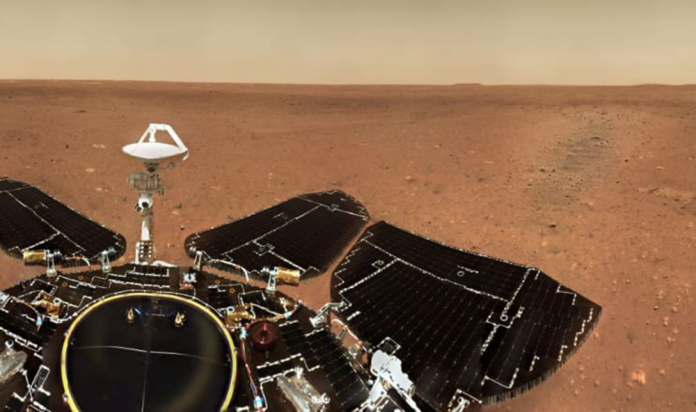The Zhurong rover’s latest findings on Martian dunes have shed light on the geological and climate changes that the planet underwent about 400,000 years ago, providing new insights for the study of the climate evolution on Mars, according to a study recently published in the journal Nature.
Mars is the most similar planet to Earth in the solar system. It is thought that the study of its evolution can provide reference for the future of Earth.
Researchers at the National Astronomical Observatories of China (NAOC), the Institute of Geology and Geophysics and the Chinese Academy of Sciences’ Institute of Tibetan Plateau Research, in collaboration with their peers at Brown University in the U.S., used the Tianwen-1 orbiter’s high-resolution camera and the Zhurong rover’s terrain and multispectral cameras, surface composition analyzer and meteorological measuring instruments to obtain data from the Martian surface.
Their findings suggest that the region probably experienced a change in climate marked by a wind direction change approximately 400,000 years ago, coinciding with the end of the Mars ice age, said NAOC researcher Li Chunlai, who led the study.
The study helps improve our understanding of Mars’ climate evolution, and could provide reference for predictions of future climate change on Earth.


